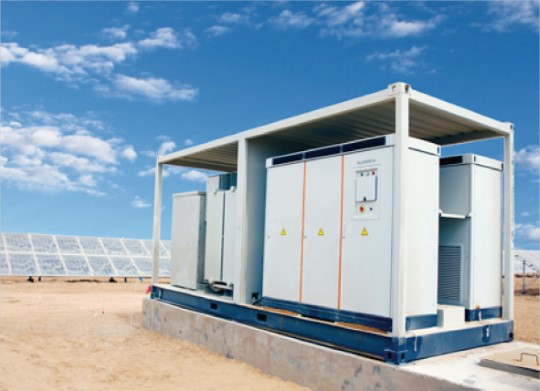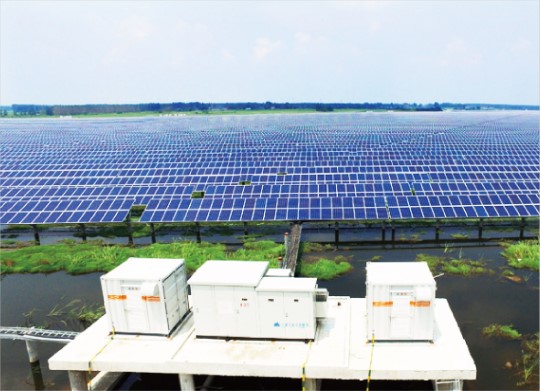Sanitary containers, or containers equipped with integrated bathroom facilities, have emerged as a highly versatile and practical solution in a variety of sectors, ranging from construction and disaster relief to tourism and remote workspaces. Their primary function is to provide mobile, self-contained units with fully functional sanitary amenities, such as toilets, sinks, and sometimes even showers. This eliminates the need for extensive plumbing infrastructure and provides a hygienic, private space for users in environments where permanent facilities are unavailable or impractical.
In this article, we will explore in depth the key benefits of using sanitary containers and how they serve a wide range of industries and applications.
1. Portability and Flexibility
One of the most significant advantages of sanitary containers is their portability. Since these units are essentially modified shipping containers, they can be easily transported and deployed to remote or hard-to-reach areas, where traditional bathroom facilities are either unavailable or too costly to install. This flexibility makes them highly useful in a wide range of settings, including construction sites, events, and emergency relief situations.
For construction companies, for instance, they can be placed directly at the worksite, allowing workers convenient access to bathroom facilities without having to leave the premises. This can help reduce downtime, improving overall productivity.
In emergency relief scenarios, such as natural disasters, they can be rapidly deployed to provide essential sanitation services to affected populations, helping to maintain hygiene standards and prevent the spread of disease in temporary shelters or camps.

2. Cost-Effective Solution
Compared to building permanent bathroom structures, sanitary containers are a cost-effective alternative. Constructing new bathroom facilities can be expensive, particularly when factoring in plumbing, water supply, and sewage systems. They come pre-installed with all necessary fixtures, reducing both the time and labor costs associated with setting up traditional bathroom infrastructure.
Additionally, because they are mobile, they can be rented for short-term use, further reducing costs for businesses or organizations that only need temporary facilities. In such cases, renting a sanitary container is far more economical than investing in the construction of permanent structures that may only be used for a limited time.
3. Quick and Easy Installation
Another advantage of sanitary containers is the ease and speed with which they can be installed. These units are prefabricated, meaning they come fully assembled and ready to use upon delivery. As long as there is access to a water source and a sewage connection (or alternative waste disposal method), the container can be operational within a matter of hours.
This rapid setup is particularly beneficial in emergency situations, where access to sanitary facilities is a top priority. For construction projects, this minimizes the lead time between project initiation and the availability of essential services, helping to keep the site running smoothly from day one.
4. Durability and Weather Resistance
Sanitary containers, being repurposed shipping containers, are inherently durable and built to withstand harsh environmental conditions. Constructed from high-quality steel, these containers are resistant to extreme weather, including heavy rain, strong winds, and even snow. This durability ensures that the facilities remain functional and secure in a variety of climates, making them an excellent choice for long-term use in outdoor or remote settings.
Moreover, the materials used in these containers are often treated to prevent corrosion, further enhancing their longevity. This makes them a more sustainable option for projects or locations that require bathroom facilities over an extended period of time.
5. Hygienic and Private Facilities
Sanitary containers are designed to provide hygienic, private spaces for users. Each unit typically comes with enclosed restroom facilities, ensuring that individuals have access to clean and private bathroom amenities. In many cases, the containers are outfitted with ventilation systems, easy-to-clean surfaces, and antimicrobial finishes, all of which contribute to maintaining high hygiene standards.
In settings where cleanliness is crucial, such as construction sites, disaster relief camps, or temporary housing, they offer a level of sanitation that traditional portable toilets often cannot match. The ability to connect to running water also allows for the inclusion of sinks and handwashing stations, further promoting good hygiene practices among users.

6. Customizable Design
They are highly customizable to meet the specific needs of different users or industries. While the basic configuration includes a toilet and sink, additional features such as showers, urinals, changing rooms, and storage areas can be incorporated depending on the intended use. The interior layout and design can also be tailored to suit the number of users, accessibility requirements, or preferences for materials and finishes.
For example, in the tourism industry, sanitary containers may be equipped with premium features such as tiled walls, modern fixtures, and even air conditioning to provide a more comfortable experience for guests at remote campsites or glamping locations. In contrast, for construction sites, a more utilitarian design with easy-to-clean surfaces may be preferred to facilitate maintenance.
7. Environmentally Friendly Option
They can also be an environmentally sustainable choice, particularly when compared to traditional bathroom facilities. Many of these containers are designed with water-saving fixtures, such as low-flow toilets and sinks, which reduce water consumption without compromising functionality. In areas without access to sewage systems, some sanitary containers are equipped with eco-friendly waste management solutions, such as composting or incineration toilets, which minimize the environmental impact of waste disposal.
In addition, the use of repurposed shipping containers reduces the need for new construction materials, contributing to the recycling and reuse of existing resources. This aspect makes it a green solution for businesses or organizations looking to reduce their carbon footprint.
8. Compliance with Safety and Sanitation Standards
Another key benefit of it is that they are typically designed and built in accordance with relevant health, safety, and sanitation regulations. This ensures that the units meet the necessary standards for waste disposal, hygiene, and safety, providing peace of mind to users and operators alike.
For instance, many sanitary containers are designed to comply with ADA (Americans with Disabilities Act) accessibility standards, ensuring that they are usable by individuals with mobility challenges. Similarly, containers used in industrial or public settings may adhere to local building codes and sanitation requirements, ensuring that the facilities are safe and hygienic for all users.
9. Versatility Across Industries
Sanitary containers are used in a variety of industries and applications, making them an incredibly versatile solution. In construction, they provide on-site bathroom facilities for workers, reducing the need for time-consuming trips off-site. In the event and entertainment industry, they can be deployed at festivals, concerts, and other outdoor gatherings where traditional restroom infrastructure is lacking.
The tourism industry also benefits from it, particularly in remote or off-grid locations. They provide a practical solution for eco-lodges, campgrounds, and glamping sites, offering guests a comfortable and hygienic bathroom experience. Furthermore, in the oil and gas sector or other heavy industries where workers operate in remote locations, they are often used to provide essential restroom facilities at job sites.
10. Emergency and Disaster Relief
One of the most critical applications of it is in emergency and disaster relief. When natural disasters like earthquakes, floods, or hurricanes strike, access to basic sanitation can become a major challenge, particularly in temporary shelters or camps. Sanitary containers can be rapidly deployed to provide much-needed bathroom facilities, helping to prevent the spread of disease and maintain hygiene standards in difficult conditions.
These units can be configured to operate in off-grid environments, with self-contained waste disposal systems and water tanks, ensuring that they remain functional even when public utilities are unavailable. This makes them a vital component of disaster preparedness and response efforts.
Conclusion
Sanitary containers offer a wide range of benefits, making them a practical and efficient solution for providing bathroom facilities in various settings. Their portability, durability, cost-effectiveness, and hygienic design make them ideal for industries such as construction, tourism, events, and emergency relief. By offering customizable options and eco-friendly features, they are also a sustainable and adaptable choice that meets the diverse needs of businesses and organizations around the world. Whether for short-term use or long-term deployment, these units provide a reliable and sanitary solution that enhances both convenience and safety for users.
CIMC TLC|XLC|RYC is a leading manufacturer of sanitary containers and various other standard and special logistics equipment. With years of experience in the industry, it focuses on the design, production and distribution of high-quality innovative products that meet the specific needs of customers.


